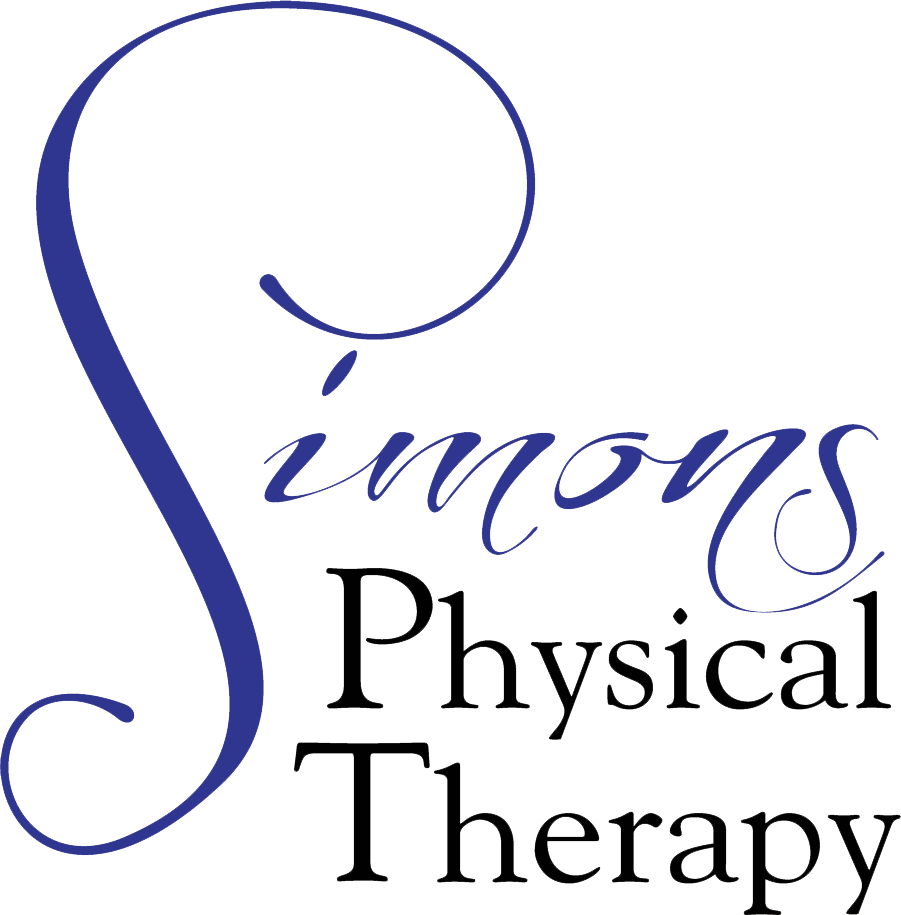
Trigger Point Dry Needling
Is Trigger Point Dry Needling The Same As Acupuncture?
Trigger Point Dry Needling (TPDN) is a technique utilized by specially trained physical therapists to treat pain and movement dysfunction. A trigger point is an area of tenderness or a "knot" in the muscle or tendon that can lead to pain, decreased flexibility and decreased muscle function. TPDN uses a thin filiform needle to insert into the trigger point. This can release/inactivate the trigger point, leading to increased blood flow, decreased muscle tension and improved pain control.
TPDN differs from acupuncture in that acupuncture follows traditional Chinese meridians to alter the flow of Qi within the body. TPDN follows Western medicine principles and focuses on specific trigger points in each muscle. In order to perform TPDN, a physical therapist must have at least 2 years of clinical experience and complete additional post-graduate training in order to be certified to perform needling.
Trigger Point Dry Needling is often used in conjunction with other modalities including exercise and soft tissue work to achieve the best outcomes. It can be used to manage a variety of diagnoses including whiplash injuries, low back pain, headaches, rotator cuff dysfunction and plantar fasciitis.
Dry Needling For Myofascial ReleaseDry needling for the myofascial trigger point is a treatment to restore, proper function to abnormally behaving muscles. These triggerpoints develop from overuse, trauma, poor posture, lack of exercise, sleep, disturbances, vitamin deficiencies, joint arthritis, or nerves compressed at the spine and other locations. These painful areas contain Pio chemicals that cause pain to the local nerves and decreased oxygen flow, or scheme you, which causes the muscle fibers too tighten up.
Of the many treatments we offer dry needling is fast acting. It short – circuits the vicious pain cycle in a very direct way that other methods cannot accomplish. The muscle contracture releases to its normal length, circulation is improved, swelling receipts in the pain – causing Biomechanicals disperse, eliminating their noxious affect on local nerves. Dry needling, utilizes, sterile, thin monofilament needles, And relief is often rapid with a reduction in pain and improved function.
WHO WOULD BENEFIT FROM TRIGGER POINT DRY NEEDLING?
Temporomandibular joint syndrome (TMJ)
Plantar fasciitis
Chronic pain, especially in the neck or back
Arthritis
Sciatica
Fibromyalgia
Carpal tunnel syndrome

